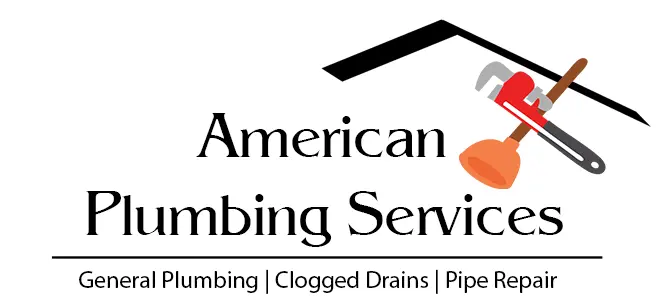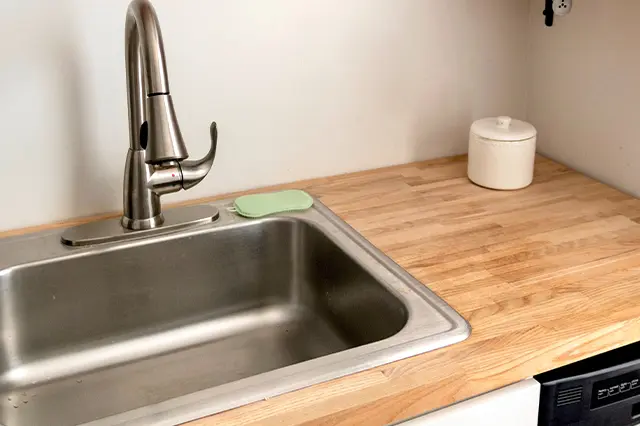
Why You Shouldn’t Ignore Leaks Underneath Your Sink-And How To Fix Them
Have you ever noticed a mysterious puddle or pool of water accumulating underneath your kitchen sink? Don’t ignore it! In many cases, those pools are signs of a potentially serious problem that can cause long-term damage if not addressed promptly. In this blog post, we will discuss the importance of dealing with leaks underneath your sink, as well as provide some helpful tips on how to identify and fix the issue. From recognizing warning signs and checking for common culprits to taking preventative measures and beyond, read on to learn more about why you shouldn’t ignore leaks underneath your sink–and how to fix them.
What causes leaks under your sink?
One of the most common causes of leaks underneath sinks is loose or damaged pipes. Over time, pipes can become loose due to age, wear and tear, or vibrations from running water. This can cause them to leak at the joints, which can lead to water damage and mold growth.
Another common cause of leaks is a faulty shut-off valve. The shut-off valve is responsible for stopping the flow of water to the sink when it is not in use. If it becomes damaged or corroded, it may not be able to properly seal, which can allow water to slowly leak out.
Finally, leaks can also be caused by blockages in the drain line. When water is unable to properly drain away, it can build up and cause a leak. This is often caused by hair, soap scum, or food debris that gets caught in the drain.
How to fix a leaky sink
If you’ve ever had a leaky sink, you know how annoying they can be. A small drip can quickly turn into a large puddle, and before you know it, you’re dealing with water damage. That’s why it’s important to fix leaks as soon as possible-and lucky for you, it’s not as difficult as you might think. In most cases, all you need is a wrench and a few minutes of your time.
Here’s a step-by-step guide to fixing a leaky sink:
1. Find the source of the leak. This is usually the faucet or the pipes underneath the sink.
2. Use a wrench to tighten any loose connections. If the leak is coming from the faucet, tighten the packing nut beneath the handle. If the leak is coming from one of the pipes, tighten the connection at the coupling nut.
3. Replace any damaged parts. If tightening the connections doesn’t stop the leak, you may need to replace worn out washers or other parts.
4. Test your repair by turning on the water and checking for leaks. If everything looks good, put away your tools and enjoy your newly fixed sink!
How to prevent leaks in the future
It’s important to know how to prevent leaks in the future so that you can avoid the hassle and expense of repairs. There are a few simple things you can do to help keep your pipes in good condition and prevent leaks:
– regular maintenance is key – make sure to have your pipes checked and serviced regularly by a professional
– be careful what goes down your drain – avoid pouring grease, oil or food waste down the drain as this can clog up your pipes and lead to leaks
– know where your main water shut-off valve is located so that you can turn it off quickly in the event of a leak
– take action right away if you notice any dripping or pooling water underneath your sink – don’t wait until it becomes a big problem!
When to Call a Plumber
If you’re dealing with a slow drain or clog, you may be able to fix the problem yourself with a plunger or snake. But if the issue is more serious, it’s time to call a plumber. Some signs that indicate it’s time to bring in a professional include:
-Water spilling out from underneath your sink
-A foul smell coming from your drains
-Gurgling noises coming from your pipes
-Constant leaks, even after you’ve tried to fix them yourself
Don’t ignore these signs – they could indicate a bigger problem that will only get worse (and more expensive) over time. A professional plumber will be able to quickly diagnose and solve the problem, so you can get back to using your sink without worry.
Conclusion
Leaks beneath your kitchen sink can be a nuisance and potentially costly if left unchecked. Fortunately, they are relatively easy to fix, provided you have the right tools and knowledge. It is always best to take preventative measures so that these small issues don’t turn into larger problems down the road. If you want to make sure all of your plumbing systems are functioning properly in your home, it pays off to know what you’re doing or hire an experienced plumber for assistance when needed.
